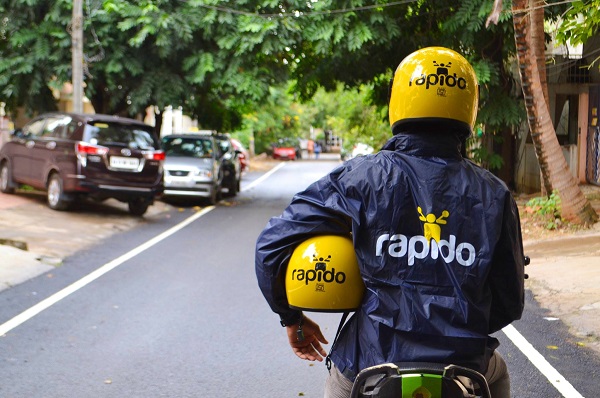Situational Leadership
 The situational leadership theory holds that there is no best style of leadership and that it all depends on the circumstances. The situational leader evaluates their team or organization by simply researching about the organization’s current situation. According to Blanchard and Hersey, it also involves “picking the best leadership style for the right people.”.
The situational leadership theory holds that there is no best style of leadership and that it all depends on the circumstances. The situational leader evaluates their team or organization by simply researching about the organization’s current situation. According to Blanchard and Hersey, it also involves “picking the best leadership style for the right people.”.
It is also dependent on the followers’ competence and maturity. This is a period in history when leaders appear less like bosses and more like partners.
The following are some of the fundamental characteristics of the situational leadership style. Because the leadership style is adaptable, there are no fixed characteristics that a situational leader possesses.
Attributes of Situational Leadership
Adaptability
 The fundamental concept of situational leadership is that there is no single best or fixed type of leadership. Leadership evolves in response to the needs of the group or organization, and successful leaders are able to be adaptable and tailor their leadership style to the maturity level of the group they are attempting to lead.
The fundamental concept of situational leadership is that there is no single best or fixed type of leadership. Leadership evolves in response to the needs of the group or organization, and successful leaders are able to be adaptable and tailor their leadership style to the maturity level of the group they are attempting to lead.
Variations depending on the situation
The situational leader’s leadership style will be determined by individual at hand as well as the development level of the individuals involved. When the situational leader’s development level is low, he or she becomes more task-oriented. The leader will be more supportive if the individuals are sufficiently developed.
In charge of directing
When subordinates are not sufficiently developed and require constant supervision, situational leadership will be high on the “directive” aspect. The leader gives specific instructions about what the goals are and how they must be achieved. It is analogous to a parent supervising a toddler’s actions.
Mentoring

If the situation calls for it, the leader will coach their team as well. This is an extension of the directive approach; the leader still provides detailed instructions, but they also focus on encouraging subordinates, soliciting input, and explaining why certain decisions were made.
Taking Part
By allowing them to make routine decisions, the situational leader may try to encourage a team to become more self-sufficient in performing tasks. They continue to be responsible for high-level problem solving, but they also allow team members to actively participate in decision-making.
Delegation of Authority
When working with a highly matured and capable team, the situational leader gradually reduces their supervision and involvement in team members’ daily activities. The leader is involved in discussing tasks and deciding on goals to be achieved, but team members then have complete freedom in how they want to achieve these goals.
Sincerity
The situational leader does not alter their approach solely to capitalise on the situation. They simply adapt in the most appropriate way possible, taking into account factors such as the maturity level of followers, organisational structure and culture, and the goals to be achieved. They do so with integrity and are not motivated by a desire to take advantage of the government’s flaws.
Bravado
It takes a lot of guts for a leader to experiment with different leadership styles and determine which one is best. Most leaders stick to a certain way of doing things because it has worked for them in the past. However, a situational leader is not afraid to take risks and adopt a radically different leadership style if the situation calls for it.
Unclouded vision
The situational leader has a clear vision of where the team is going. This is what enables a leader to identify and implement the most effective behaviours and strategies for achieving the goal.
The quality of humility
The situational leader does not claim to know everything. They have the humility to accept limitations and seek the higher wisdom of the universe with a group of highly developed and mature followers.
Conclusion
To be an effective leader, one must recognise that there is no single solution to managing followers at work, nor is there a single best leadership style to use for all followers. Situational leadership, on the other hand, is a practical, easy-to-understand approach. This leadership model includes four leadership styles that represent various combinations of directive and supportive behaviour.
These include directing/telling, coaching/selling, assisting/participating, and delegating. The appropriate leadership style is determined primarily by the task’s difficulty and the level of development of the follower performing that task. A leader can use one leadership style when dealing with one follower and another when leading a team or another follower. In the following blogs, we will discuss situational leadership styles.















































